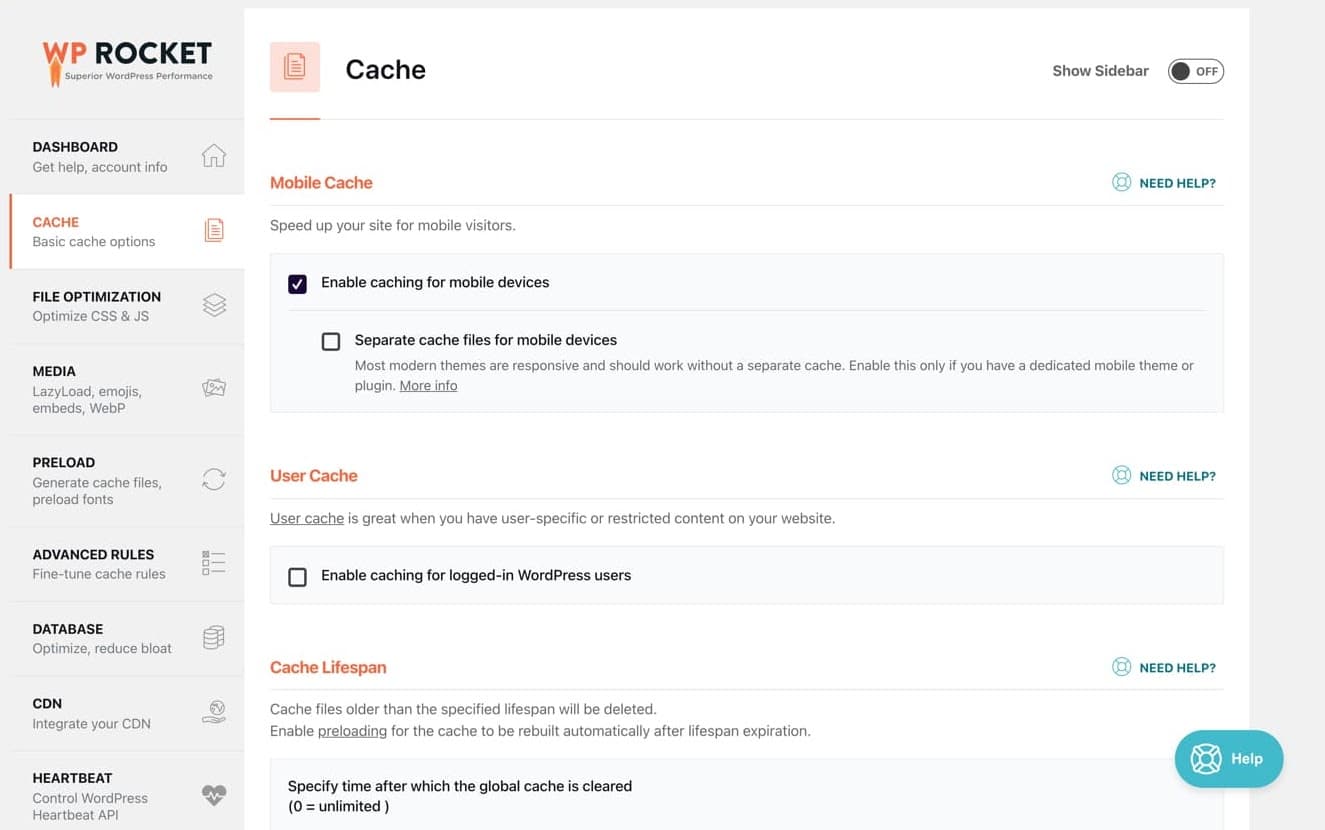WordPress caching plays an important role in the speed and performance of your website. However, if the setup isn’t properly configured, it can lead to what’s known as a cache miss.
To reduce the likelihood of this happening, and your site loading times slowing as a result, it’s helpful to know how cache misses work and how to prevent them. Fortunately, there are simple steps you can take to organize your caching system better and enhance the overall performance of your website.
In this post, we’ll explain what a cache miss is and how it happens. We’ll also discuss how it differs from a cache hit, and provide you with tips on how you can effectively reduce cache misses on your website. Let’s get started!
An Introduction to Caching
Before we look at what a cache miss is, it’s important to first understand how caching works and the purpose it serves. In a nutshell, caching is the process of saving site data to the cache so that it can easily be accessed without having to retrieve all of that information from the server.
Instead, the site content is loaded as a static version. This results in a faster loading time for your pages.
There are different types of caching. For example, at Kinsta, we offer a handful of caching mechanisms at the server level. Our customers even have free access to Edge Caching, a feature that delivers their site’s pages faster and reduces the number of requests that need to be handled by the server in their chosen data center.
You can also implement caching using a plugin such as WP Rocket:

A cache essentially acts as a memory bank. It’s composed of levels (L1, L2, etc.) and divided into blocks, also called “lines.” When data is requested from the cache, it begins at the first level to find relevant data, then continues to move down the hierarchy. Of course, the quicker the requested data is found, the faster it will be loaded on the site and in visitors’ browsers.
If the requested data is not found at all, that’s when delays and issues start to occur. This brings us to a cache miss.
What a Cache Miss Is
A cache miss is when the data that is being requested by a system or an application isn’t found in the cache memory. This is in contrast to a cache hit, which refers to when the site content is successfully retrieved and loaded from the cache.
In other words, a cache miss is a failure in an attempt to access and retrieve requested data. There are multiple reasons why this might happen.
One is that the data was never put into the cache, to begin with. Another possibility is that the data was removed at one point. This data eviction could have been caused by the caching system, such as if more space was needed, or a third-party application that requested it is removed. It’s also possible that the TTL (Time to Live) policy on the data expired.
What Happens During a Cache Miss
When a cache miss occurs, the system or application will try a second time to find the data. However, when it’s not able to locate it in the cache memory on the first attempt, the next step is to check the main database.
If the data is found, it’s usually copied and saved to the cache with the assumption that there will be another request for it in the future. Checking the main database for the data takes more time, which leads to latency.
In other words, it can hamper the speed and performance of your site. The more cache misses that occur, the longer the latency. As we mentioned earlier, when the system is searching for relevant data, it passes through each of the cache levels (L1, L2, L3, and so on).
Each time this happens, it causes a delay, also known as a miss penalty. This is why it’s critical to know how to keep cache misses as low as possible.
How to Reduce Cache Misses (3 Key Tips)
The good news is that there are a few strategies you can use to increase the likelihood that the requested data will be found in the cache memory. Ultimately, the goal is to minimize how often your data has to be written into the memory. Let’s take a look at three tips you can use to reduce cache misses.
1. Set an Expiry Date for the Cache Lifespan
Every time your cache is purged, the data in it needs to be written into the memory after the first request. This is why, at Kinsta, we use the Kinsta MU plugin so that only certain sections of the cache are purged.
The more you purge your cache, the more likely cache misses are to occur. Of course, sometimes clearing your cache is necessary.
However, one way you can prevent this problem is to expand the lifespan of your cache by increasing its expiry time. Keep in mind that the expiry time should coincide with how often you update your website to ensure that the changes appear to your users.
For example, if you don’t frequently update your site, you can probably set the expiry time to two weeks. Alternatively, if site updates are a weekly occurrence, your expiry time shouldn’t exceed a day or two.
Your options for doing this will vary depending on your hosting provider. If you rely on caching plugins, you can use the WP Rocket plugin. Once installed and activated, you can navigate to Settings > WP Rocket, followed by the Cache tab.

Under the Cache Lifespan section, you will be able to specify the global expiry time for when the cache is cleared. When you’re done, you can click on the Save Changes button at the bottom of the page.
2. Increase the Size of Your Cache or Random Access Memory (RAM)
Another option for reducing cache misses is to increase the size of your cache or RAM. Obviously, the larger your cache, the more data it can hold and, thus, the fewer cache misses you’re likely to deal with.
However, increasing your RAM can be a bit pricey. You may want to check with your hosting provider to see what your options are. For example, at Kinsta we offer scalable hosting. This means that you can easily scale up your plan without having to worry about downtime.
3. Use the Optimal Cache Policies for Your Specific Circumstances
A third way to reduce cache misses is by testing out different cache policies for your environment. Understanding what your options are and how they work is key.
The four main cache policies are:
- First In First Out (FIFO): This policy means that the data that was added the earliest to the cache will be the first to be evicted.
- Last In First Out (LIFO): This means that the data entries added last to the cache will be the first to be removed.
- Least Recently Used (LRU): True to its name, this policy first evicts the data accessed the longest time ago.
- Most Recently Used (MRU): With this policy, the data most recently accessed is evicted first.
In a nutshell, applying a combination of the above policies can help reduce cache misses even when you’re unable to increase the size of your cache. The policies tell the caching system which data to delete first in order to make room for new data. If you want to try this out, you may want to contact your hosting provider for assistance.
Summary
Caching is an essential aspect of a fast website. However, it’s crucial to understand how the caching system works so you can help minimize and prevent delays. One of the issues to be aware of is a cache miss.
As we discussed in this article, a cache miss occurs when the requested data is not found in the cache memory. When this happens, it requires the system to locate it in the main database, which can cause latency. To reduce cache misses, we recommend setting a higher expiry date for your cache lifespan, increasing the size of your RAM, or changing your cache policies.
To help improve the speed and performance of your WordPress site, it’s important to choose a hosting provider that leverages best-in-class caching mechanisms. Check out our Kinsta hosting plans today to learn more!



